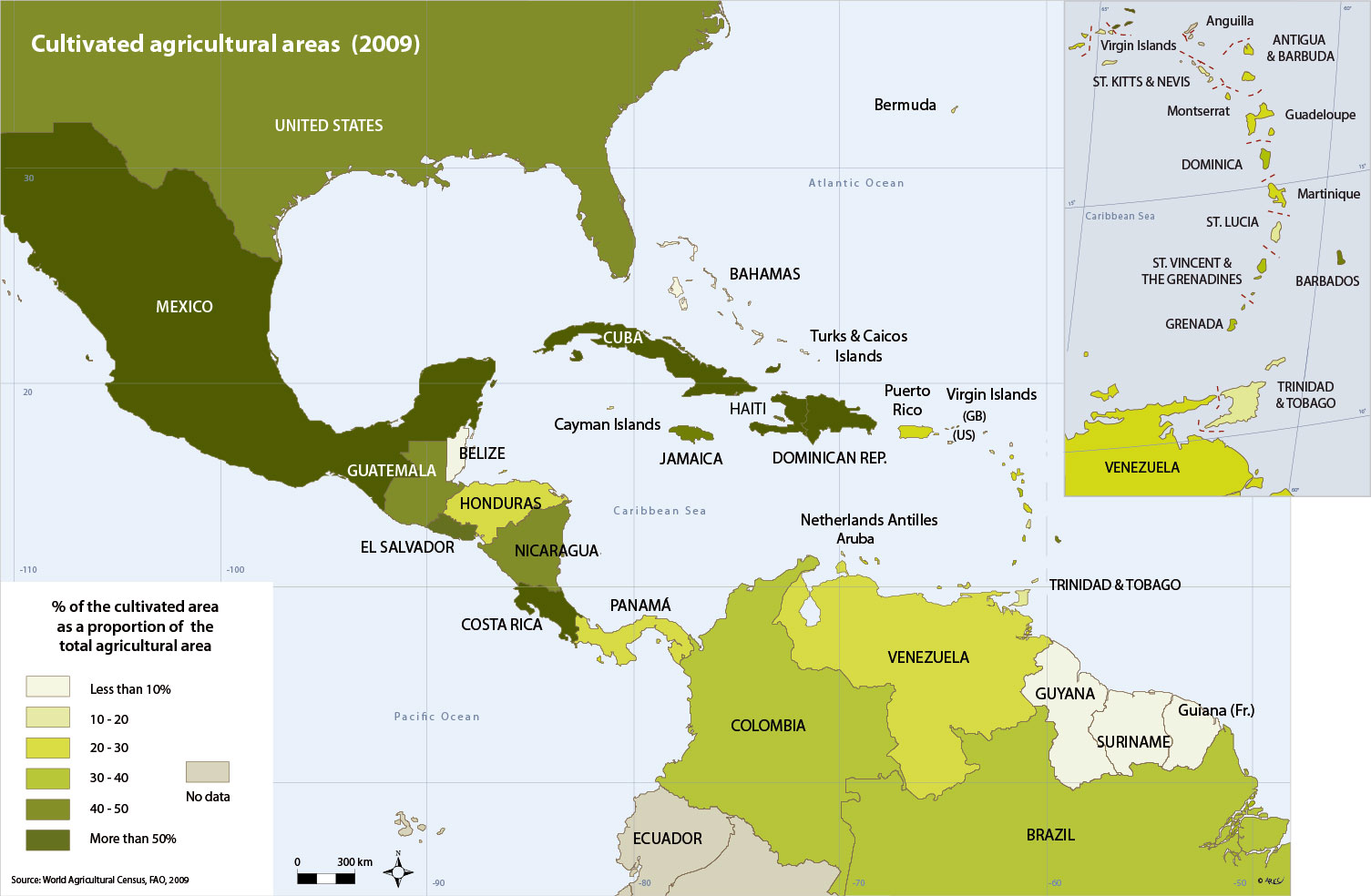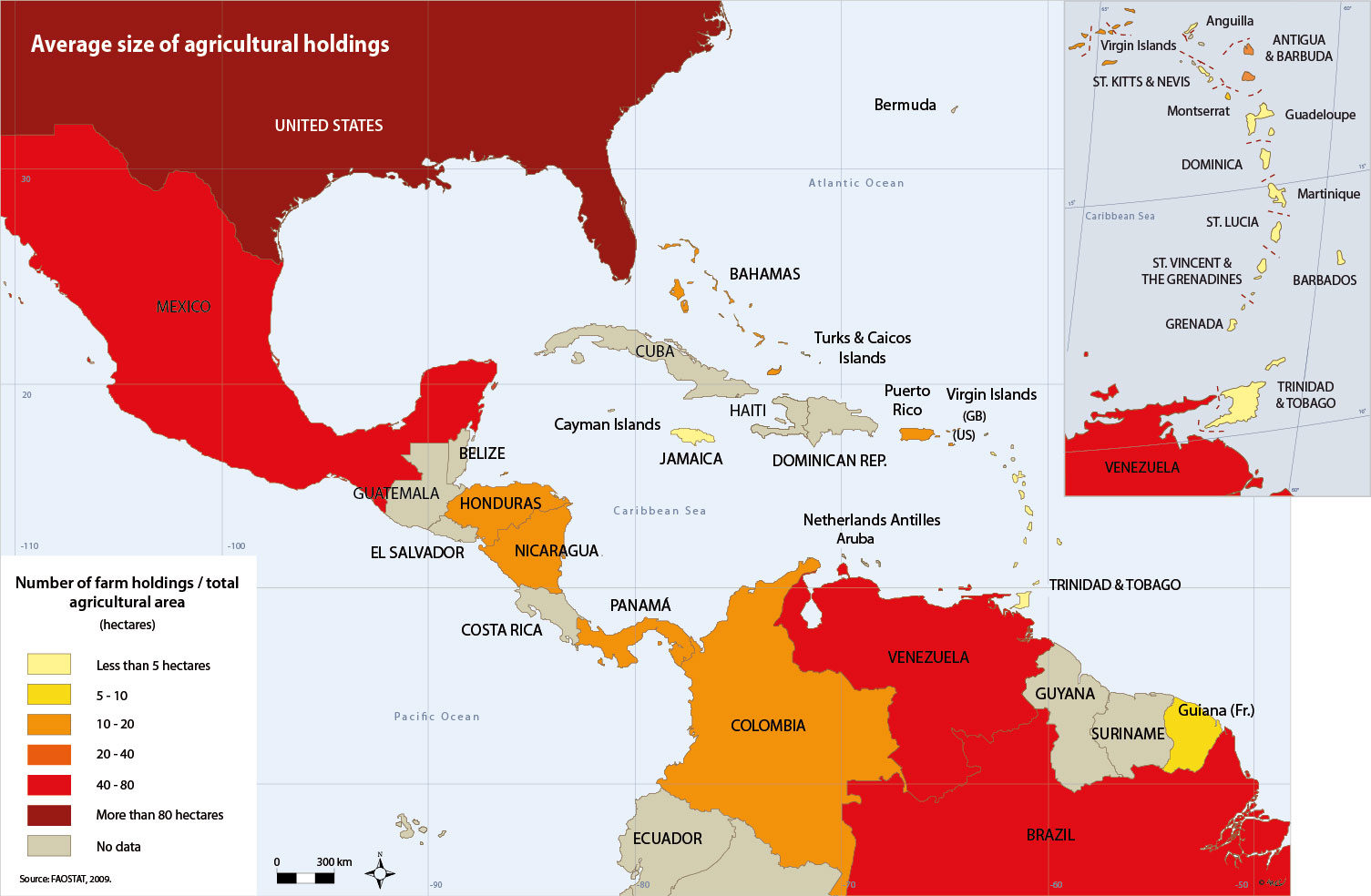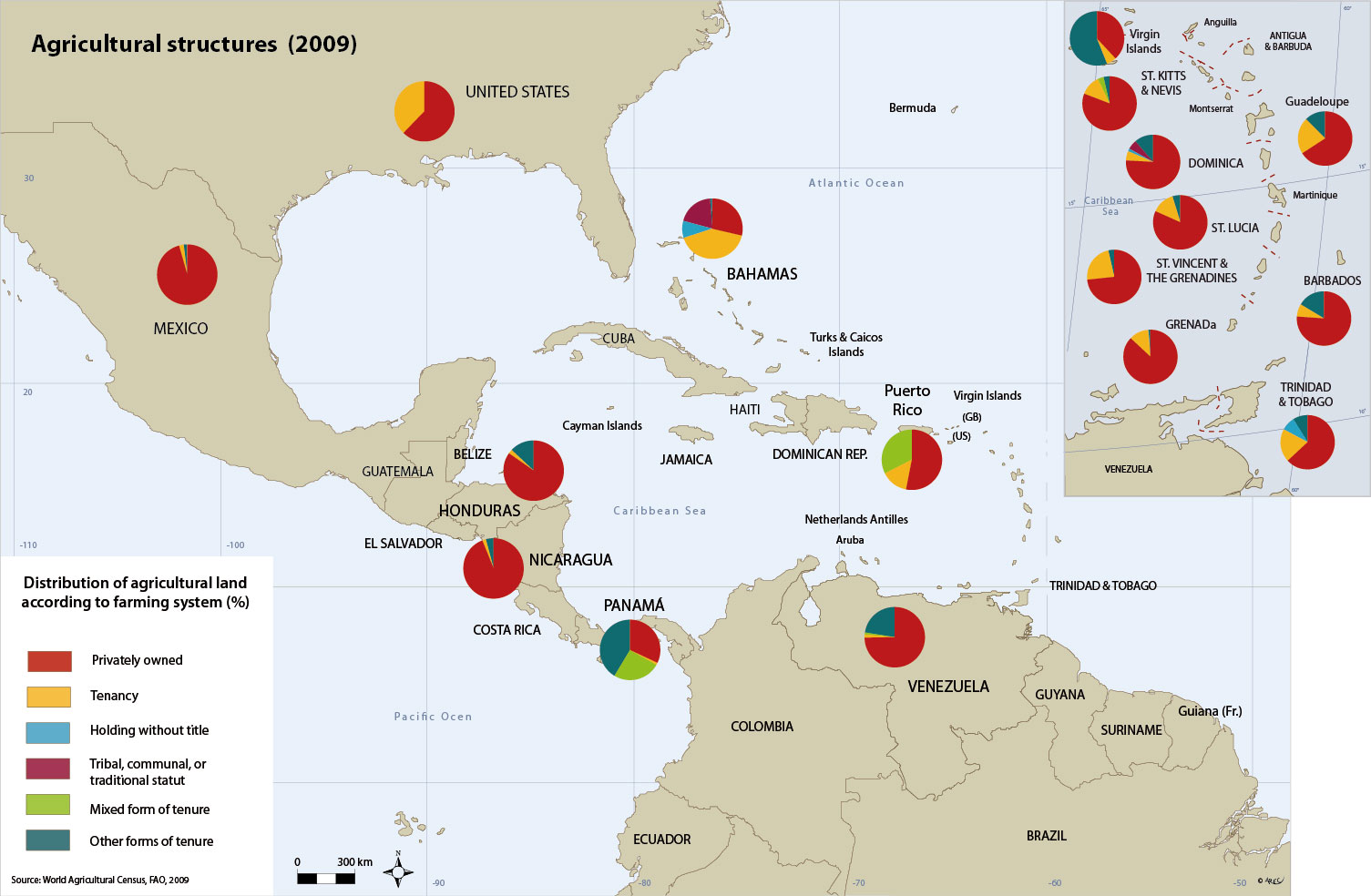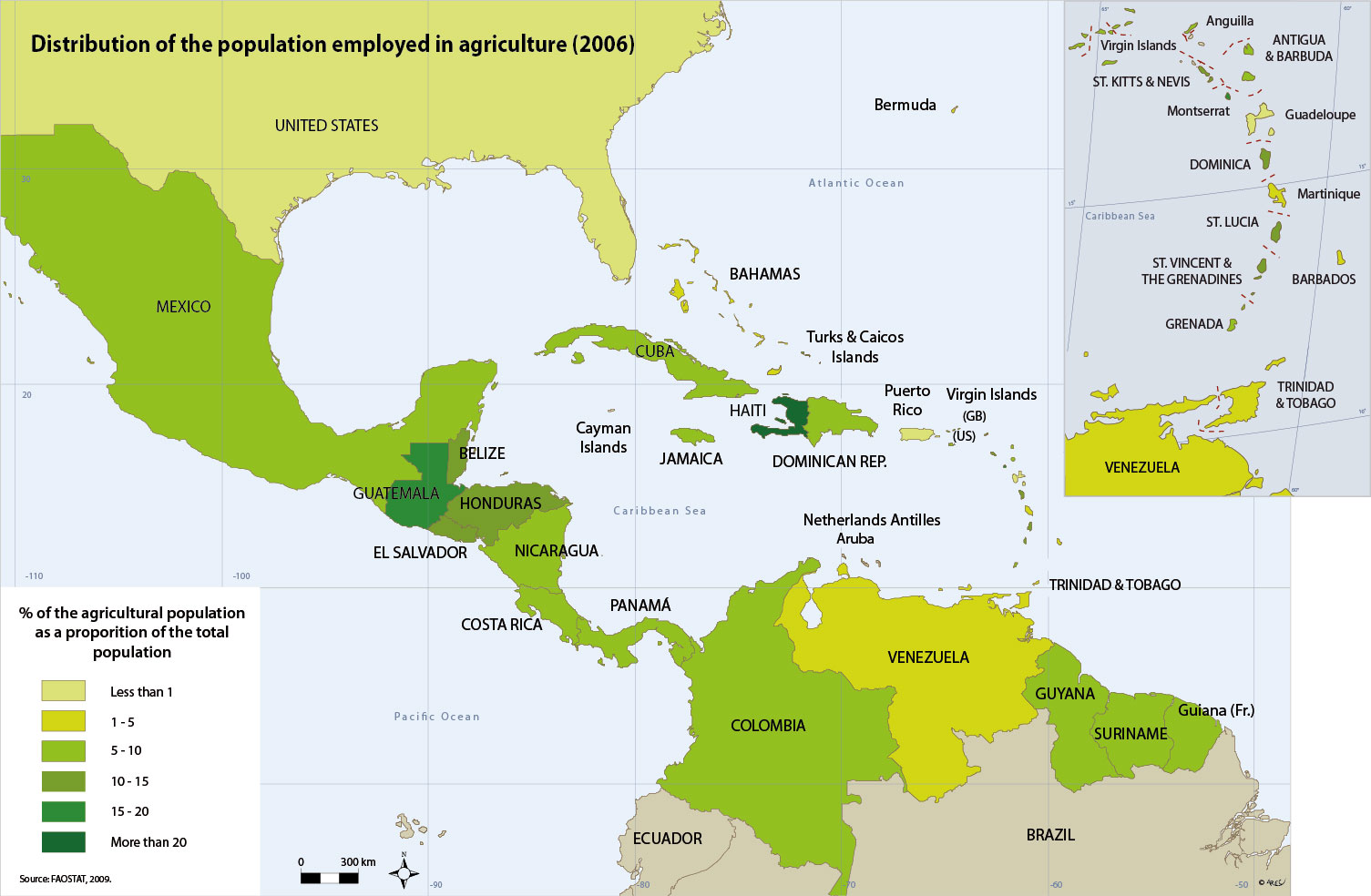At the Africa Progress Panel, we support the combination of foreign expertise with local knowledge to increase production, generate jobs, and transfer technical know-how. But what Africa does not need, and cannot afford, is the use of African land and water by foreign investors who use Africa’s scarce resources to supply food and biofuels to other countries. And for Africans, the benefits of large-scale land acquisitions have been questionable.
Africa’s smallholder farmers need protection in such deals.
The African Union should develop a framework for managing foreign investment in agriculture, and governments should assess large-scale land deals and consider a moratorium pending legislation to protect smallholder farmers.
Third, governments and others must help smallholder farmers manage risk more effectively. Crises in the Horn of Africa and Sahel have highlighted the risks faced by smallholder farmers, who are barely able to feed themselves and their families as it is.
Governments and donors should provide cash or food that enables rural producers to get through the difficult periods of drought, for example, without compromising long-term productivity or withdrawing their children from school. Governments and donors should help household enterprises reduce their dependence on agriculture.
Fourth, we want to see the international community devote more money and more effort to improving food security and nutrition in Africa, an issue that goes to the heart of so many other development challenges. By weakening a child’s resistance to disease, malnutrition is a major contributor to child mortality. A
global study in 2008 found that an average one third of all child deaths were related to malnutrition.
The Panel welcome this year’s
Camp David G-8 commitments to launch a New Alliance for Food Security and Nutrition. This New Alliance aims to lift 50 million people out of poverty over the next decade. And we will be watching eagerly when the United Kingdom assumes presidency of the G-8 next year.
Fifth, and finally, the international community should step up their support for climate change mitigation and adaptation.
Higher temperatures, increased water evaporation, less predictable rainfall, increased water stress and an expansion of drought zones is likely undermine production. Cassava and maize yields could fall by 15 percent and 30 percent respectively by 2050, for example. And research by the International Food Policy Research Institute (IFPRI) suggests that climate change effects alone will push an additional 1 million children into malnutrition by 2030.
At the Africa Progress Panel, we hope these risks and the enormous opportunities of a growing global market will lead African governments to invest in agriculture and raise productivity. We fear that such risks could lead to a dramatic worsening of poverty and malnutrition among vulnerable communities.
But
while rich countries have been spending billions of dollars on climate change adaptation, such as flood defenses, Africa has been receiving peanuts.
One recent study for Tanzania concluded that an annual investment of $100 million in adaptation for smallholders – encompassing support for small-scale irrigation, terracing, rural roads and research – would prevent annual losses of several hundreds of millions of dollars.
Consider that while the U.K. spends $1.2 billion annually on flood defenses, African nations receive just $100 million to $200 million for climate adaptation through the specialized multilateral funds created for this purpose. This amounts to what Desmond Tutu has aptly described as “adaptation apartheid.”
African leaders and their partners must all do more to shape the continent’s mighty farming potential. One day Africa could feed the world. But first it must feed itself.




 We waiting breh
We waiting breh











